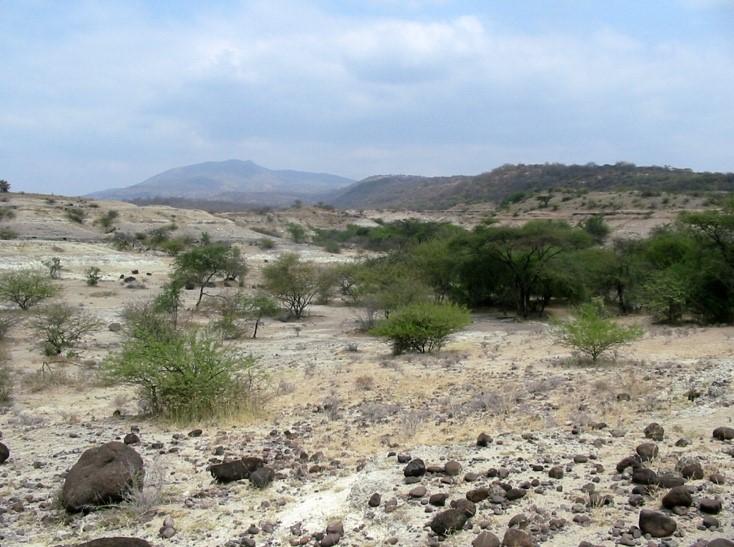Shines new light on human evolution
Groundbreaking research puts human evolution in a new perspective as significant archaeological findings reveals sign of modern human behavior 300 000 years ago.

Main content
"This discovery suggests that the earliest African Homo sapiens populations were already cognitively, socially and technologically complex", says Francesco d’Errico. He is a professor at UiB and Principal Investigator at the Centre for Early Sapiens Behavior (SapienCE). He is also part of the international team behind the remarkable findings in Kenya, and one of the co-authors of the article that has been published in Science, covering these discoveries.
Sophisticated early life
It is not every day that investigators stumble over findings that can change the understanding of human history, but these particular discoveries may be just one of these great moments. Francesco d’Errico is not denying the fact that these discoveries are significant.
"This is an important scientific breakthrough. It shows that key cultural innovations have ancient origins and are older than previously thought", says d’Errico.
Ancient trade tradition
A number of archaeological discoveries have already shown that as of 100,000 years ago, certain African populations used pigments, made and wore personal ornaments, made abstract engravings, and manufactured bone tools. It is only now that research can prove that these innovations had ancient roots.
The most central discovery is the finding of a large quantity of obsidian, volcanic glass, that was intensively used at a number of sites, located in the Olorgesailie Basin. Chemical matching of the excavated objects with obsidian sources in central and southern Kenya shows that large pieces of obsidian were transported from multiple directions over at least 25-50 kilometers straight-line distance away and involved far longer travel distances considering the rugged terrain of the Kenya rift valley.
Obsidian and red ochre
What does this tell us?
"Obsidian was certainly highly valued. It is one of the most ideal stones for knapping and was used at Olorgesailie to produce sharp knifes and points used as spearheads. Obsidian transport over relatively long distance may indicate the existence of exchange networks reflecting complex social interactions", says d’Errico
Equally interesting is that red ochre was brought and processed at some of the sites.
"The use of coloring material is often considered a hallmark of symbolic behavior. When used for body painting or in similar practices ochre facilitate symbolic communication necessary for building and maintaining ties within an between distant social groups", explains d’Errico.
Multidisciplinary research
Will these discoveries affect research on early human behavior in the future?
"These results make clear that in order to understand the emergence of modern culture we need to conduct multidisciplinary research at multiple sites covering large time spans and create research teams involving archaeologists, paleoclimatologists, dating specialists, and cognitive scientists. This is what we are doing at the newly created Centre for Early Sapiens Behavior (SapienCE), led by professor Christopher Henshilwood. who strongly supports d’Errico’s views.
"The human past is highly complex, says Henshilwood, and often we are given only small glimpses into how and when Homo sapiens evolved to become us. We need to look at the broadest picture and the most diverse evidence that we have available and then attempt to contruct a prehistory that is the story of all of us and of our common ancestors", says Henshilwood.


